Home>Articles>How Long Does Sauerkraut Last In The Refrigerator
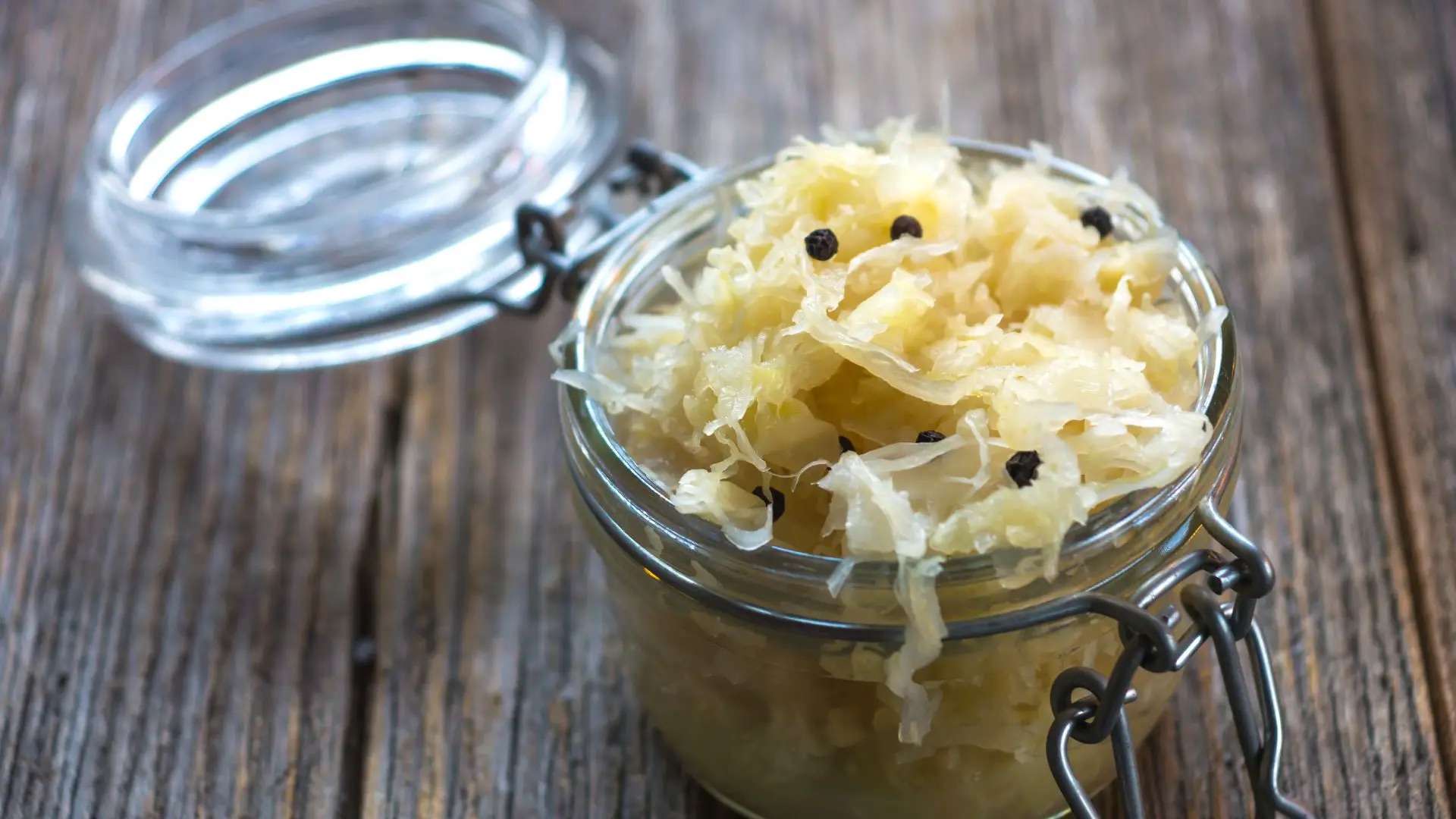

Articles
How Long Does Sauerkraut Last In The Refrigerator
Modified: August 17, 2024
Discover articles about how long sauerkraut can last in the refrigerator. Find out the best storage tips and learn about the shelf life of sauerkraut.
(Many of the links in this article redirect to a specific reviewed product. Your purchase of these products through affiliate links helps to generate commission for Storables.com, at no extra cost. Learn more)
Introduction
Sauerkraut is a flavorful and tangy fermented cabbage dish that has been enjoyed for centuries. It is not only delicious but also provides numerous health benefits. However, one common concern when it comes to sauerkraut is its shelf life and how long it can last in the refrigerator.
The shelf life of sauerkraut depends on various factors, including the method of preparation, storage conditions, and the presence of any additives or preservatives. In this article, we will explore the factors that affect the shelf life of sauerkraut and provide tips on how to properly store it to maximize its freshness and lifespan.
Whether you make your own sauerkraut at home or purchase it from a store, understanding how to store it correctly is essential in maintaining its quality. Proper storage not only extends its shelf life but also ensures that it remains flavorful and safe to consume.
If you’re ready to learn more about sauerkraut and its longevity in the refrigerator, let’s dive into the factors that affect its shelf life.
Key Takeaways:
- Proper storage in the refrigerator, airtight containers, and removal of excess brine can maximize sauerkraut’s shelf life and preserve its tangy flavor and health benefits.
- Regularly checking for signs of spoilage, such as foul odor, mold, texture changes, and unpleasant taste, ensures safe consumption and enjoyment of fresh sauerkraut.
Read more: How Long Does A Refrigerator Last
Factors Affecting the Shelf Life of Sauerkraut
Several factors can influence the shelf life of sauerkraut, including:
- Fermentation process: The method used to ferment the cabbage plays a significant role in determining the longevity of sauerkraut. Traditionally fermented sauerkraut, which undergoes a natural fermentation process with salt and without any preservatives, tends to have a shorter shelf life compared to commercially produced sauerkraut that may contain preservatives.
- Packaging: The packaging of sauerkraut also impacts its shelf life. Air-tight packaging, such as glass jars or vacuum-sealed bags, helps keep out moisture and oxygen, which can lead to spoilage. It is important to ensure that the packaging is intact and properly sealed to maintain the freshness of the sauerkraut.
- Storage temperature: Temperature plays a crucial role in preserving the quality of sauerkraut. It is best to store sauerkraut in the refrigerator, as colder temperatures slow down the growth of bacteria, maximizing its shelf life. Avoid storing it at room temperature for extended periods, as this can hasten spoilage.
- Contamination: Proper sanitation during the fermentation and packaging process is essential to prevent the growth of harmful bacteria. Contamination can occur if the sauerkraut comes into contact with dirty utensils, unclean hands, or contaminated water. Make sure to follow proper hygiene practices to minimize the risk of spoilage.
- Use of preservatives: Commercially produced sauerkraut often contains additives or preservatives, such as sodium benzoate or citric acid, to extend its shelf life. These additives inhibit bacterial growth and help maintain the freshness of the sauerkraut for a longer period. However, if you prefer preservative-free sauerkraut, it may have a shorter shelf life.
It’s important to keep these factors in mind when considering the shelf life of sauerkraut. In the next section, we will explore the proper storage techniques to help maximize its lifespan.
Proper Storage of Sauerkraut
To ensure the longevity of sauerkraut and maintain its quality, follow these guidelines for proper storage:
- Refrigeration: Sauerkraut should always be stored in the refrigerator. The cold temperature helps slow down the fermentation process and preserves its freshness. Make sure to place it in the main compartment of the refrigerator rather than the door, as the door is subjected to temperature fluctuations.
- Airtight container: Transfer the sauerkraut into an airtight container if it is not already packaged in one. Glass jars with screw-top lids or food-grade plastic containers with tight-fitting lids work well for storing sauerkraut. Ensure that the container is clean and dry before adding the sauerkraut.
- Remove excess brine: If your sauerkraut is submerged in excess brine, it is recommended to drain some of it to prevent the cabbage from becoming overly salty. However, do not discard all the brine, as it helps maintain the sauerkraut’s flavor.
- Seal the container: Make sure the container is tightly sealed to prevent any air from entering. Oxygen exposure can lead to spoilage and decrease the shelf life of sauerkraut. If your container does not have an airtight seal, consider using plastic wrap or placing a layer of plastic wrap over the sauerkraut before sealing it with the lid or cover.
- Label and date: It’s a good practice to label the container with the date of preparation or purchase. This helps you keep track of the sauerkraut’s freshness and ensures that you consume it within a reasonable timeframe.
By following these storage guidelines, you can maximize the shelf life of your sauerkraut and enjoy its tangy and delicious flavor for an extended period.
In the next section, we will discuss how to identify signs of spoiled sauerkraut.
Sauerkraut can last up to 6 months in the refrigerator if stored properly in an airtight container. Check for any signs of spoilage before consuming.
Signs of Spoiled Sauerkraut
While sauerkraut has a relatively long shelf life, it is important to be able to identify signs of spoilage to ensure you consume it when it’s still safe to eat. Here are some common signs that your sauerkraut has gone bad:
- Foul odor: Fresh sauerkraut has a distinct tangy smell due to the fermentation process. However, if you notice a strong, foul odor resembling rot or decay, it is likely a sign that the sauerkraut has spoiled. Trust your sense of smell and if it doesn’t smell right, it is best to discard it.
- Mold or discoloration: Check the sauerkraut for any visible signs of mold or unusual discoloration. While some harmless white specks may appear on the surface, especially if the sauerkraut has been exposed to oxygen, a fuzzy or colorful mold growth is an indication of spoilage. Additionally, if the sauerkraut has turned brown or has an off-color appearance, it is best to err on the side of caution and avoid consuming it.
- Texture changes: Inspect the texture of the sauerkraut. Healthy sauerkraut should have a crunchy texture and the cabbage strands should be well fermented. If the sauerkraut feels mushy, slimy, or excessively soft, it may be a sign of bacterial growth or fermentation gone wrong.
- Unpleasant taste: Spoiled sauerkraut can have an unpleasant taste, ranging from overly acidic, bitter, or rancid. If the sauerkraut tastes off or has a strange aftertaste, it is best to stop consuming it immediately.
When in doubt, it is better to be safe than sorry. If you have any doubts about the quality or safety of your sauerkraut, it is best to discard it and make a fresh batch or purchase a new one.
In the next section, we will provide some tips on how to extend the lifespan of your sauerkraut.
Extending the Lifespan of Sauerkraut
If you want to prolong the shelf life of your sauerkraut, there are a few additional steps you can take:
- Keep it submerged: When storing sauerkraut in a container, ensure that it remains fully submerged in its brine. The brine acts as a protective barrier against spoilage-causing bacteria. If the sauerkraut is exposed to air, it can lead to mold growth or the development of off-flavors. You can use a weight or a smaller jar filled with water to keep the sauerkraut pressed down beneath the brine.
- Regularly check and remove surface contaminants: Over time, surface contaminants such as scum, foam, or mold may form on the top of the sauerkraut. It is important to frequently check the sauerkraut and remove any visible contaminants to prevent them from spreading. Simply skim off any unwanted elements using a clean utensil.
- Use clean utensils: When serving sauerkraut, make sure to use clean utensils to avoid introducing any contaminants. Dirty utensils can lead to bacterial growth and shorten the lifespan of the sauerkraut. Wash utensils thoroughly with hot, soapy water before each use.
- Avoid double-dipping: Double-dipping or using the same utensil to scoop sauerkraut and then putting it back into the container can introduce bacteria and decrease its shelf life. Always use a clean spoon or fork to take out the desired amount of sauerkraut and avoid cross-contamination.
- Practice proper food hygiene: To prevent spoilage, always ensure that your hands are clean when handling sauerkraut. Wash them thoroughly with soap and water before touching the sauerkraut or its container. This reduces the risk of introducing harmful bacteria.
By following these tips and maintaining proper storage and hygiene practices, you can extend the lifespan of your sauerkraut and enjoy its delicious flavors over a longer period.
Let’s wrap up the article in the next section.
Conclusion
Sauerkraut is a versatile and nutritious food that can add flavor and beneficial bacteria to your meals. To ensure that your sauerkraut remains fresh and safe to consume, understanding its shelf life and proper storage methods is essential.
Factors such as the fermentation process, packaging, storage temperature, and the use of preservatives can all affect the shelf life of sauerkraut. It is important to choose high-quality sauerkraut and store it in the refrigerator in an airtight container to maximize its freshness.
Signs of spoiled sauerkraut include a foul odor, mold or discoloration, texture changes, and an unpleasant taste. If you notice any of these signs, it is best to discard the sauerkraut.
To extend the lifespan of your sauerkraut, it’s important to keep it submerged in brine, regularly remove surface contaminants, use clean utensils, and practice proper food hygiene. These simple steps can help maintain the quality of your sauerkraut for a longer period.
Now that you have a better understanding of how to store sauerkraut and recognize signs of spoilage, you can confidently enjoy this delicious and nutritious fermented food. Experiment with different recipes and savor the tangy and vibrant flavors of sauerkraut in your dishes.
Remember, sauerkraut is a living food, so its taste and texture may change over time. However, by following proper storage techniques and paying attention to the signs of spoilage, you can make the most of your sauerkraut and enjoy it for an extended period.
So go ahead, indulge in this traditional and delightful fermented cabbage dish that not only adds a punch of flavor to your meals but also provides your body with probiotic benefits.
Frequently Asked Questions about How Long Does Sauerkraut Last In The Refrigerator
Was this page helpful?
At Storables.com, we guarantee accurate and reliable information. Our content, validated by Expert Board Contributors, is crafted following stringent Editorial Policies. We're committed to providing you with well-researched, expert-backed insights for all your informational needs.
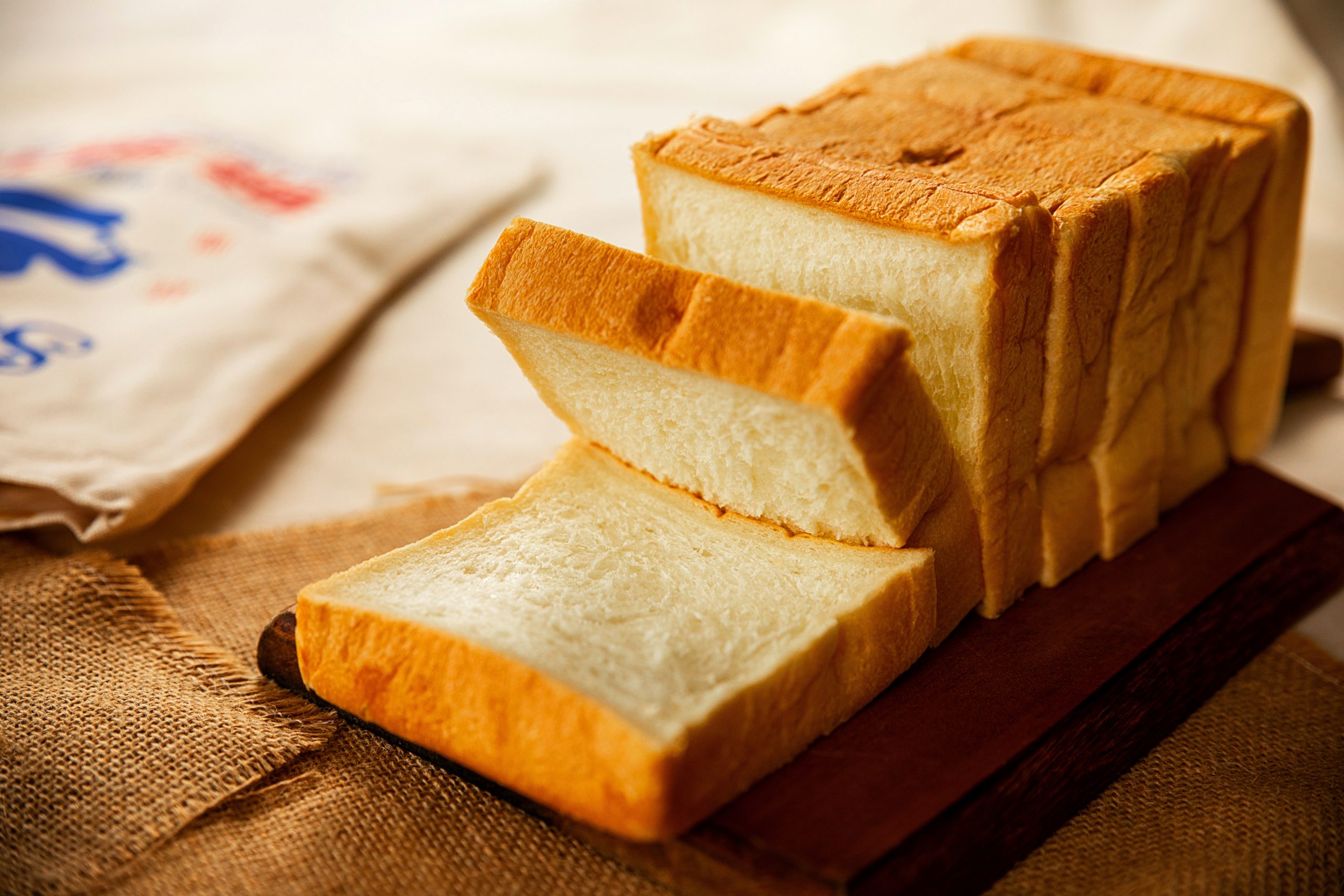
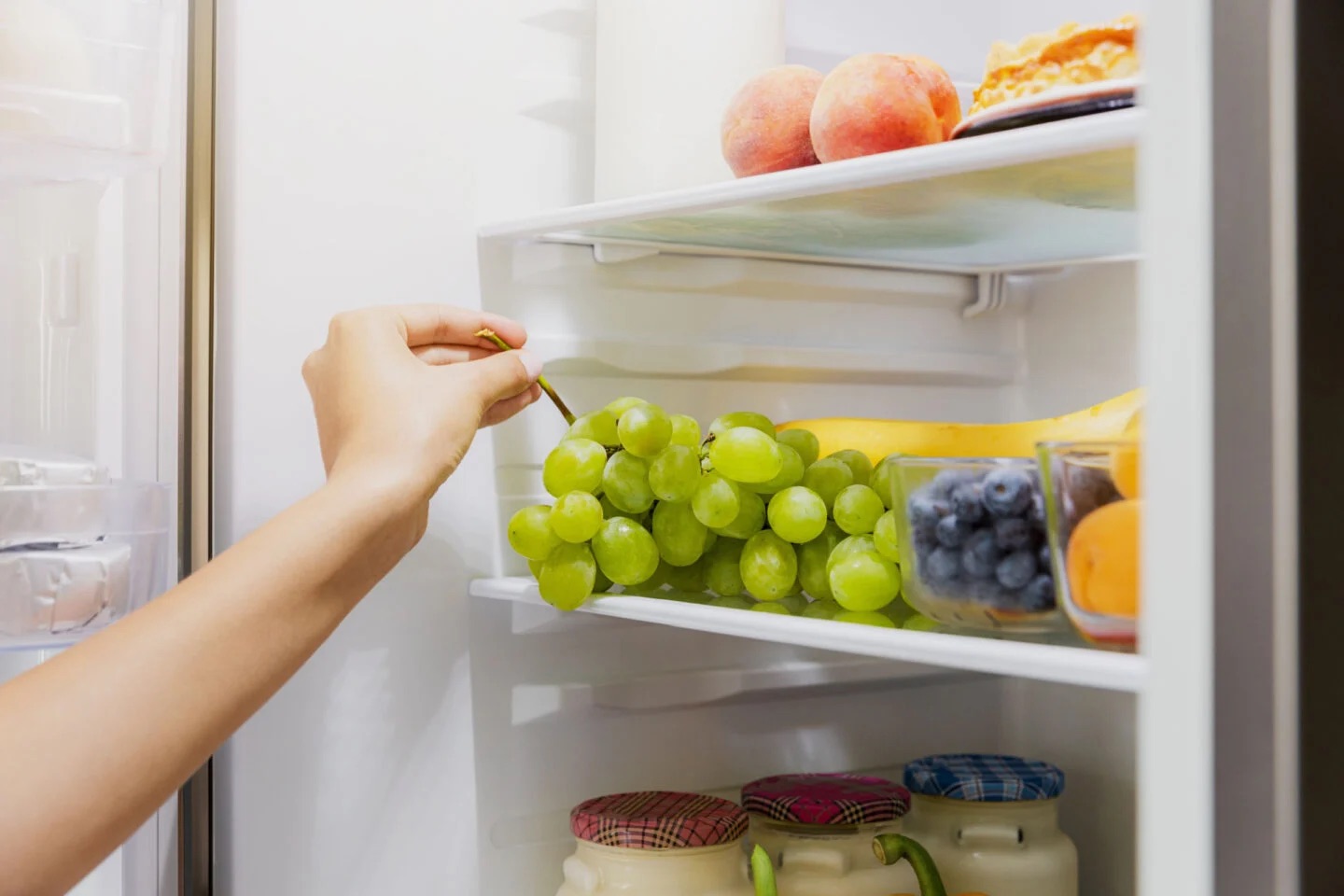
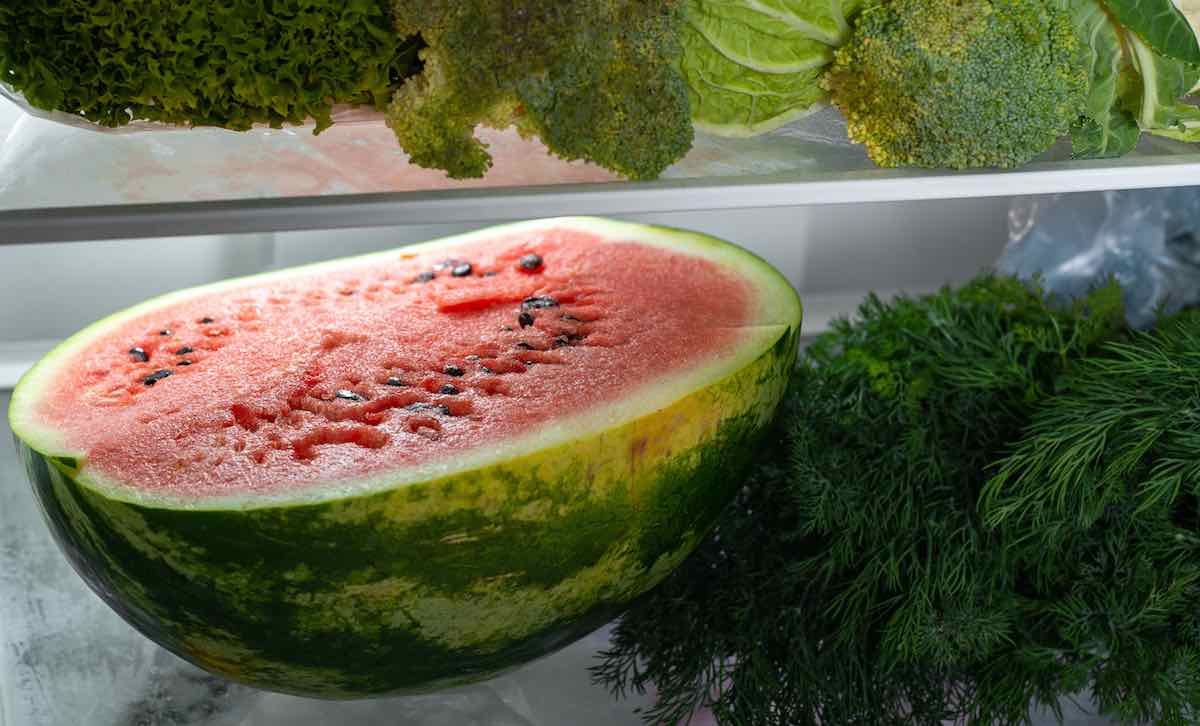
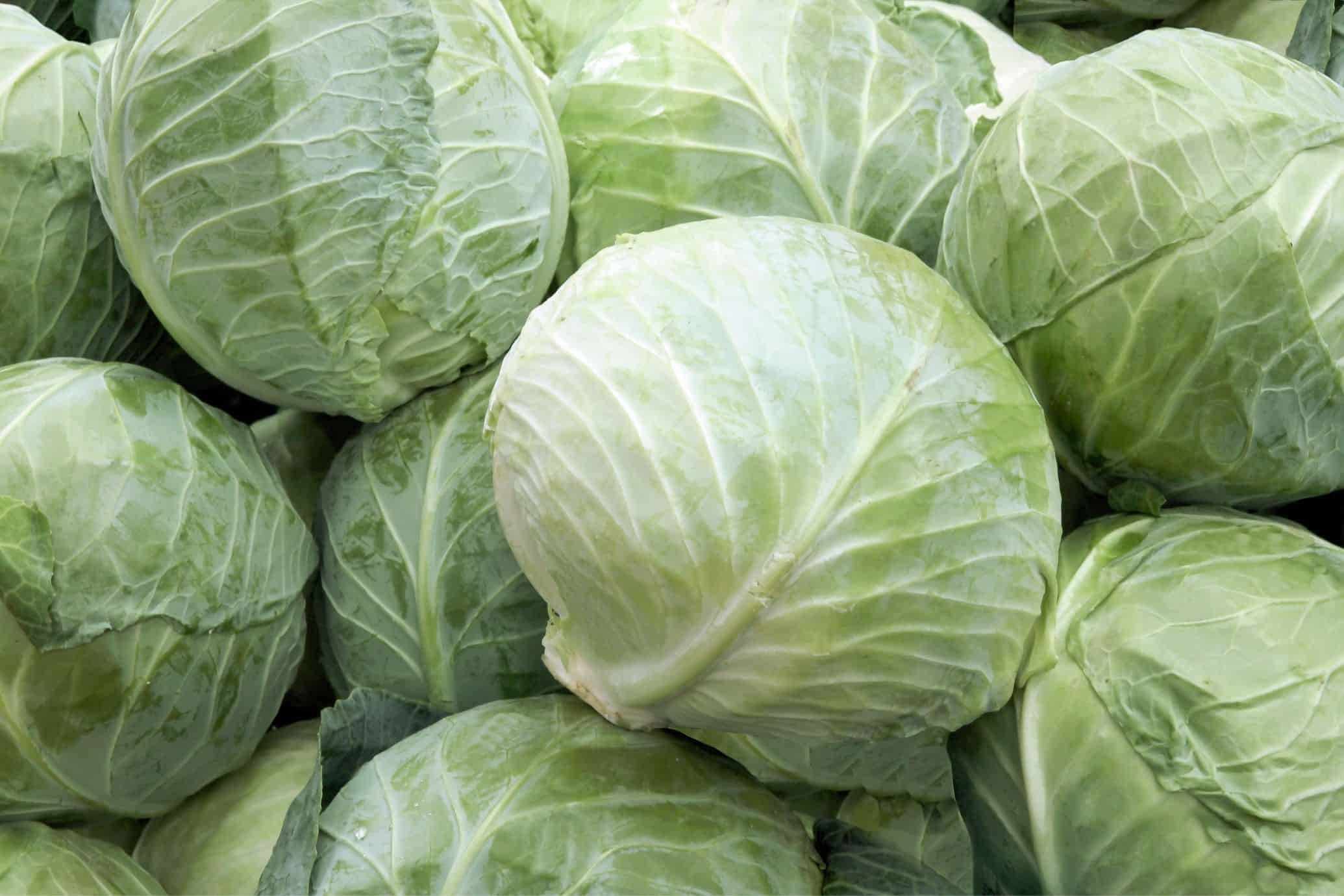
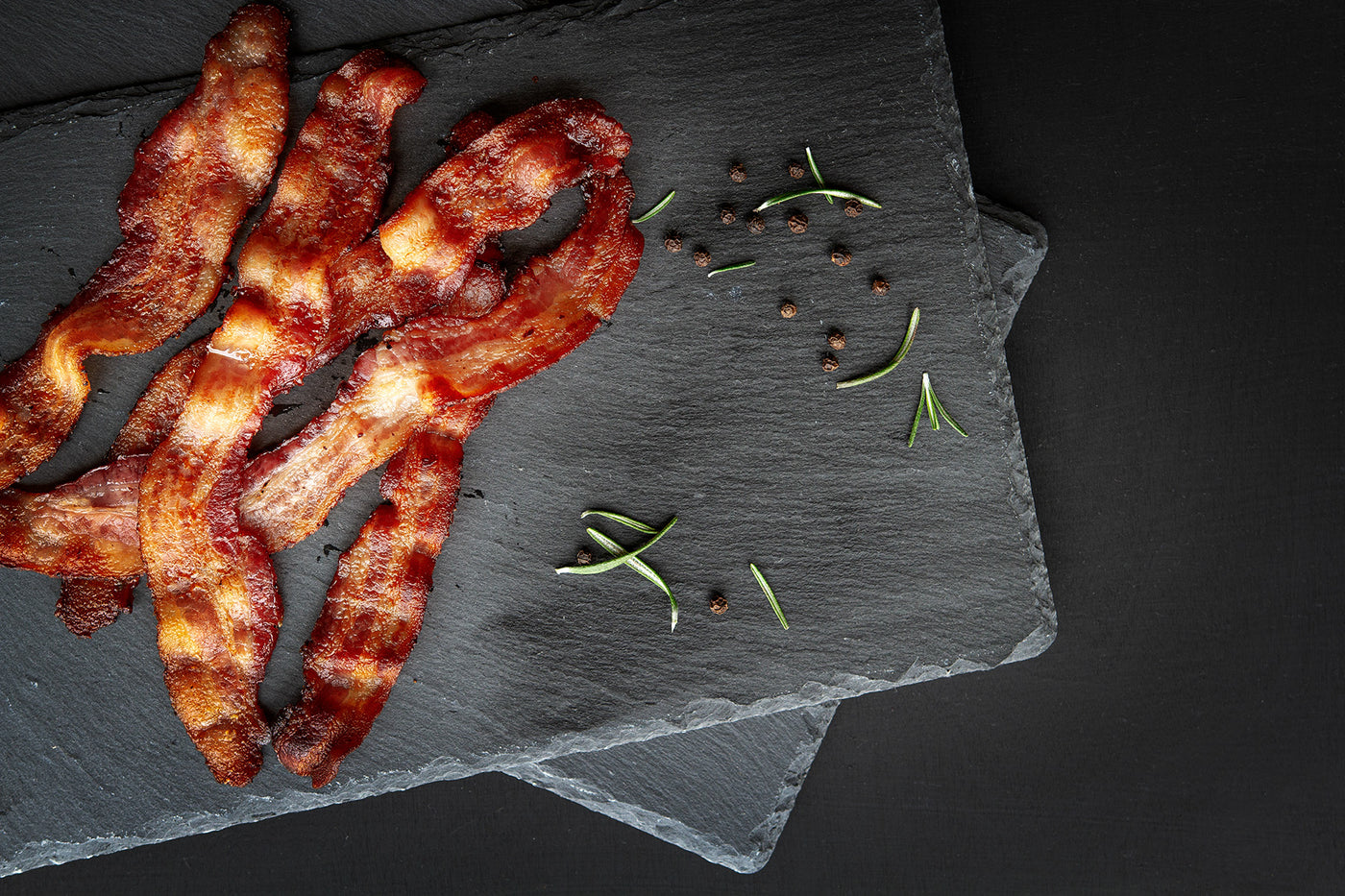
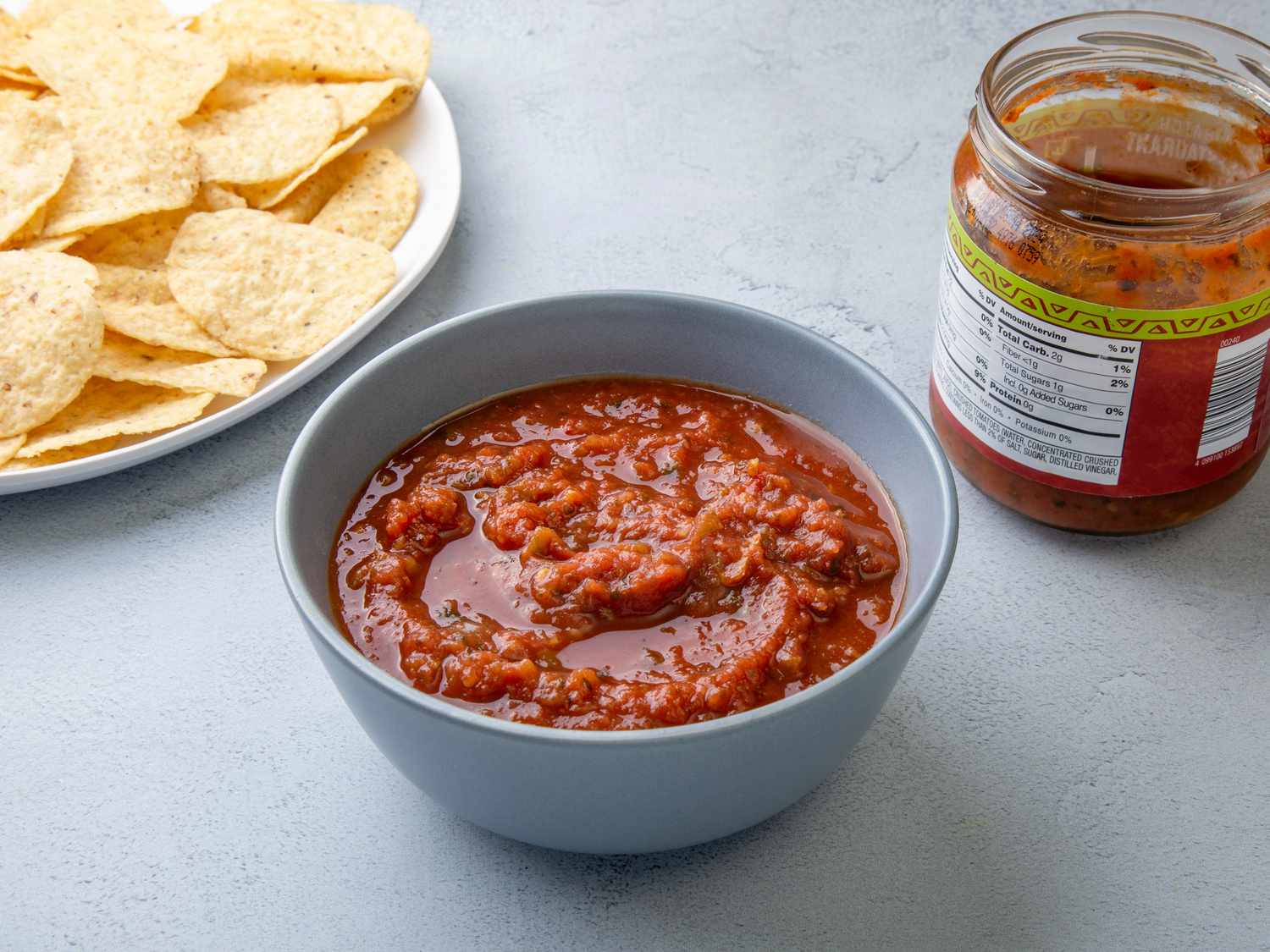
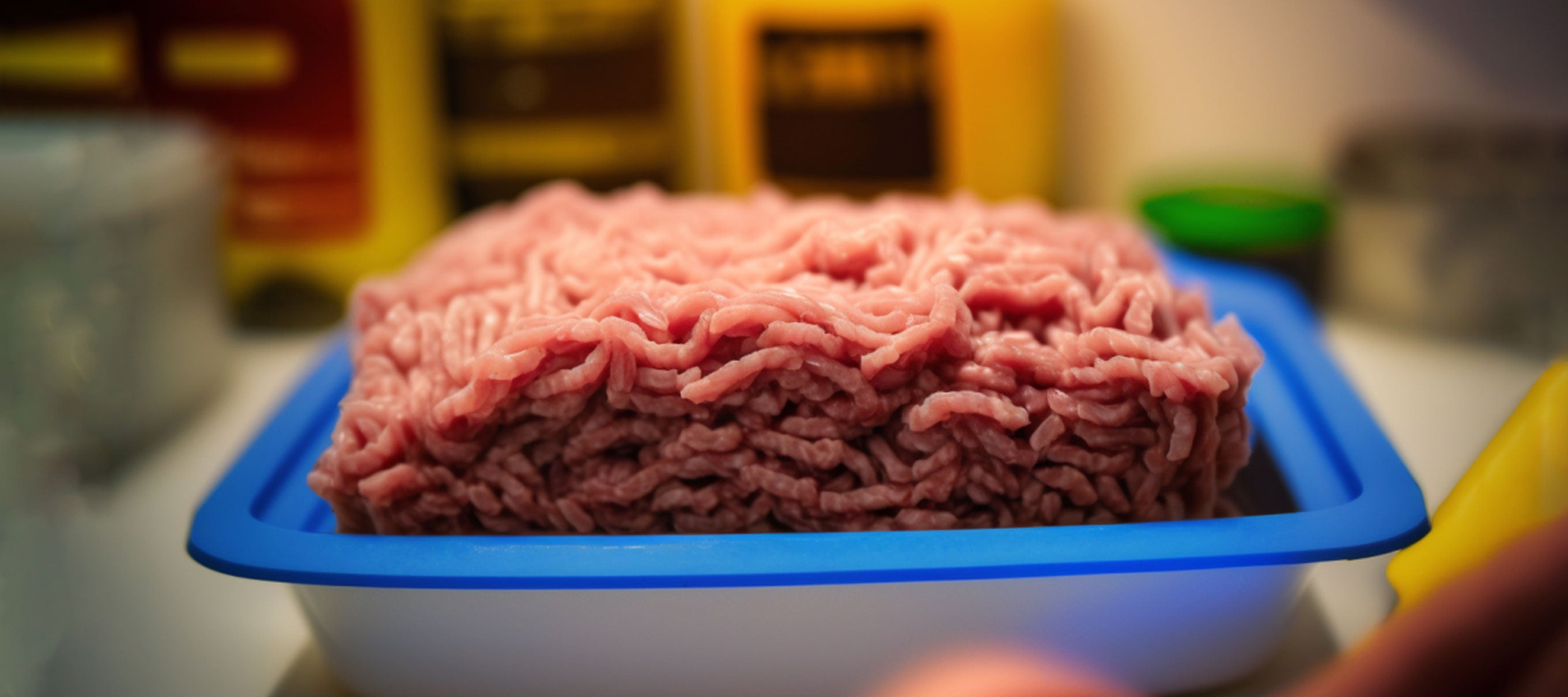
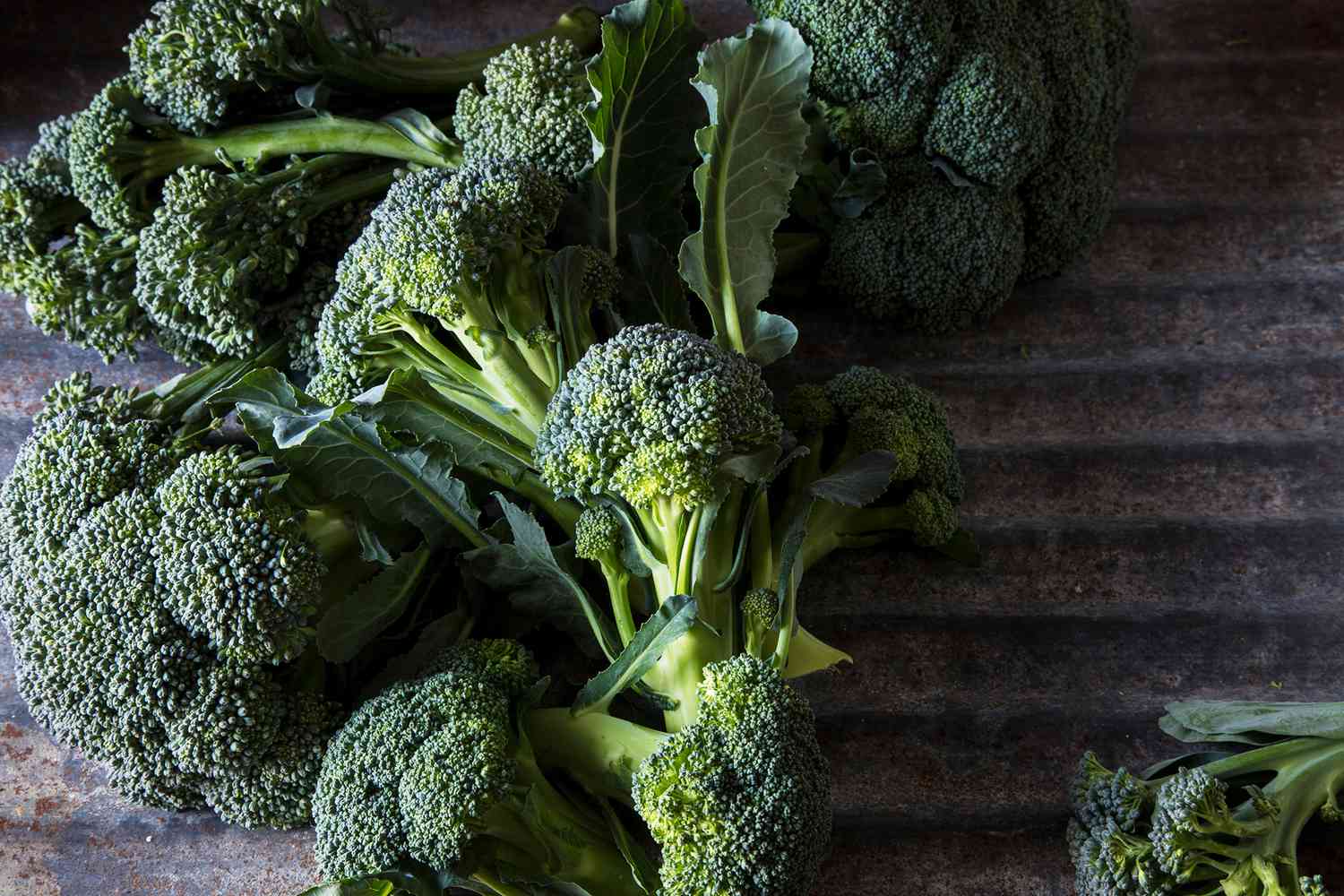

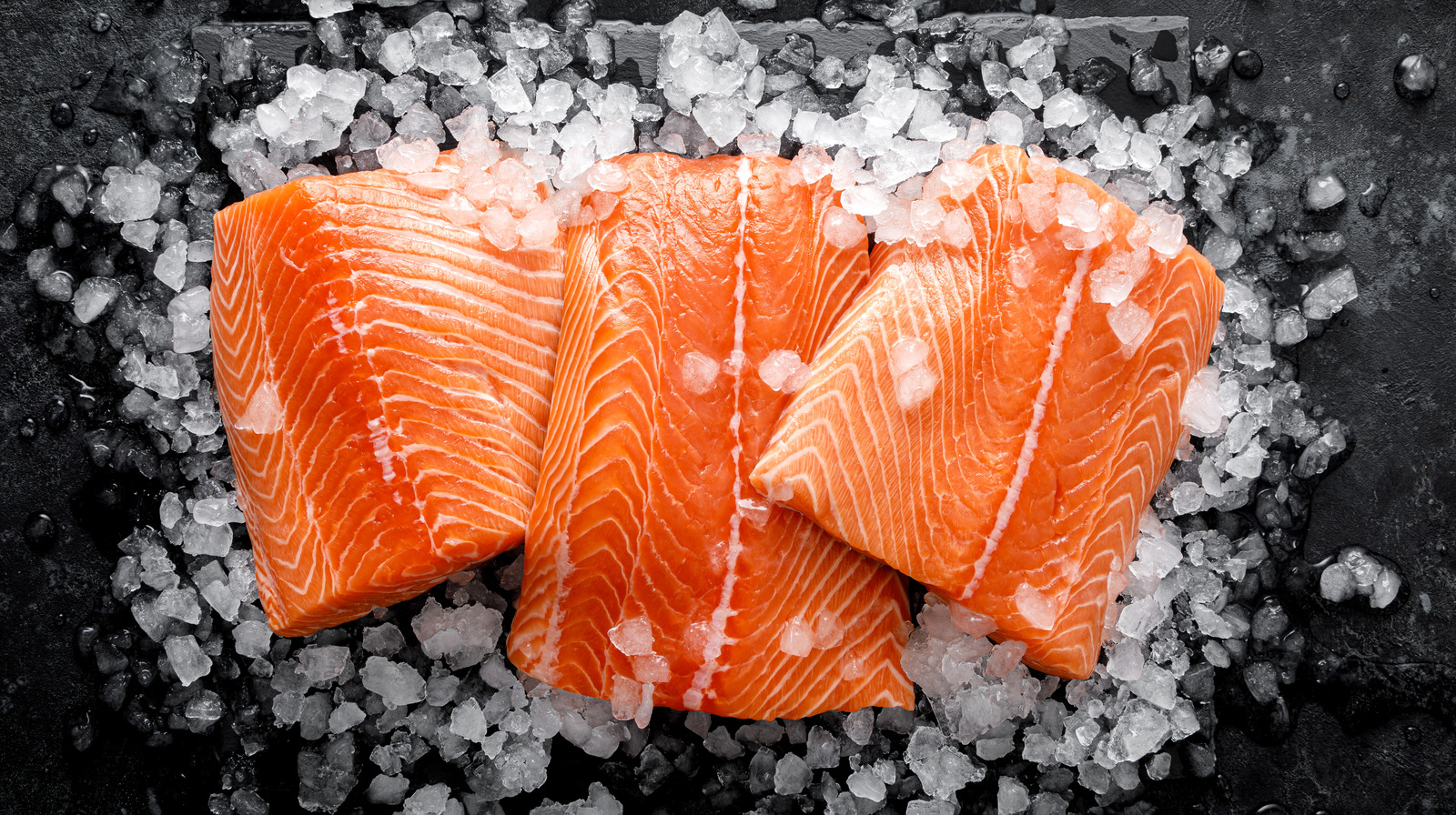
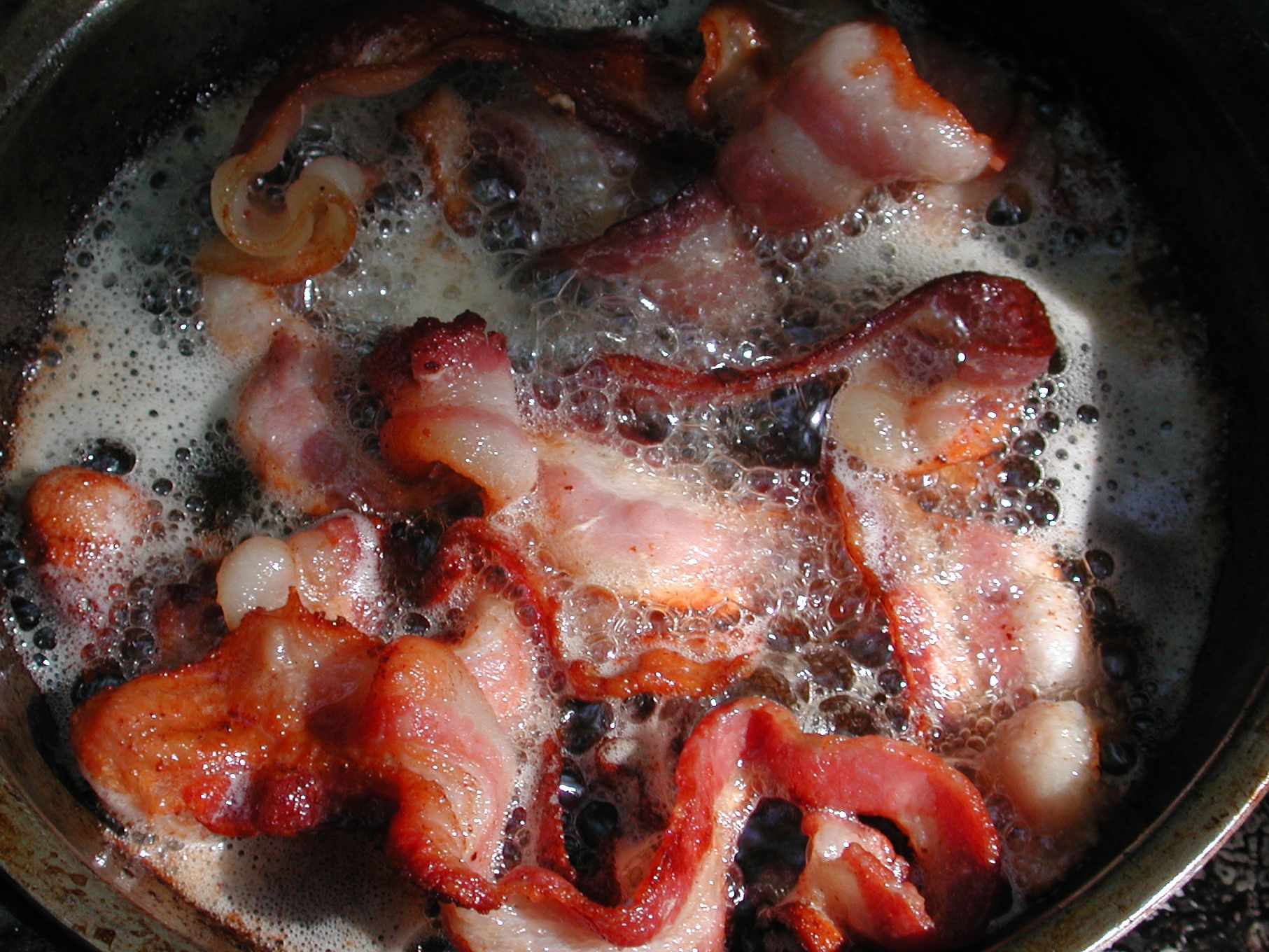

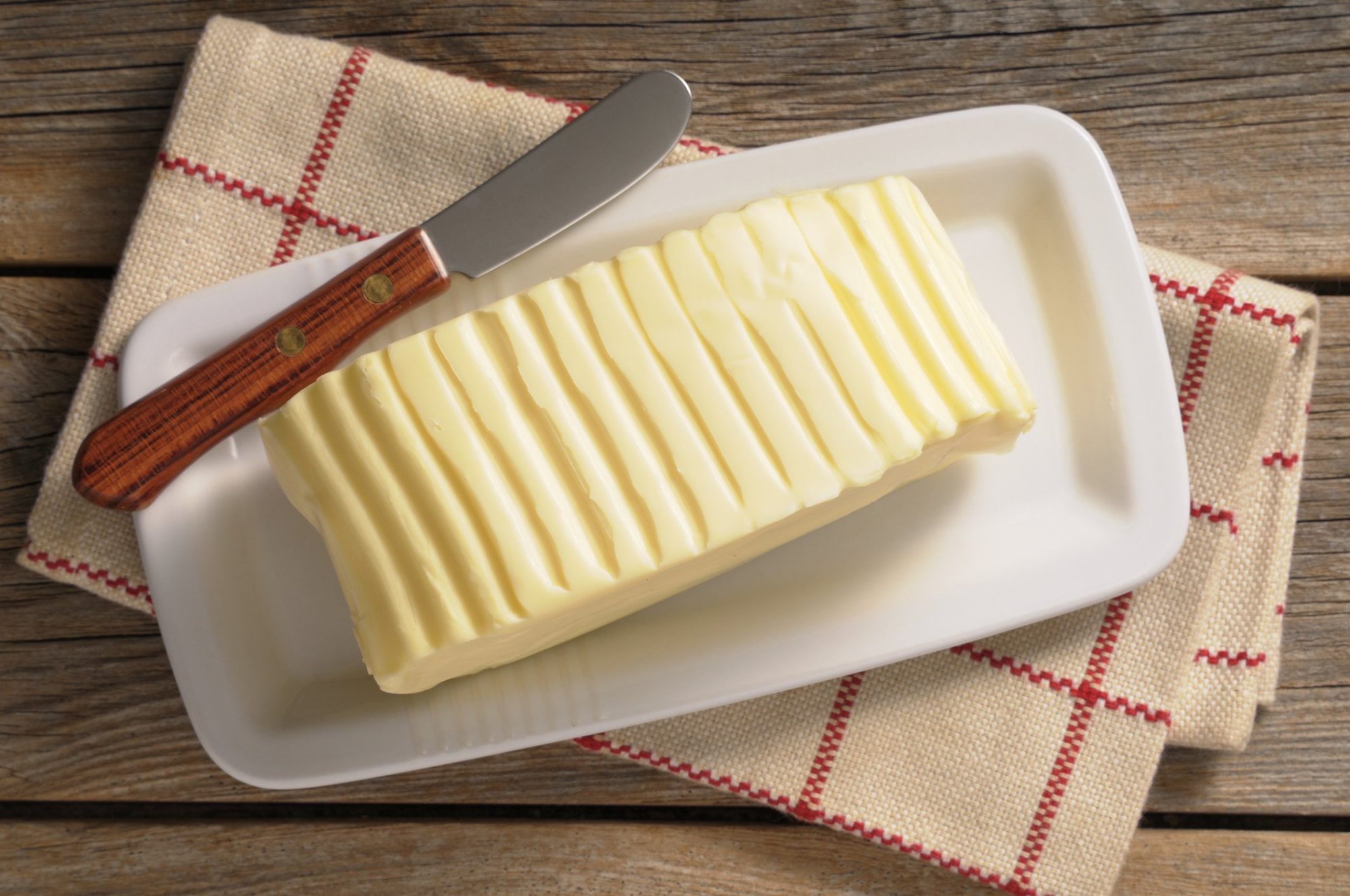
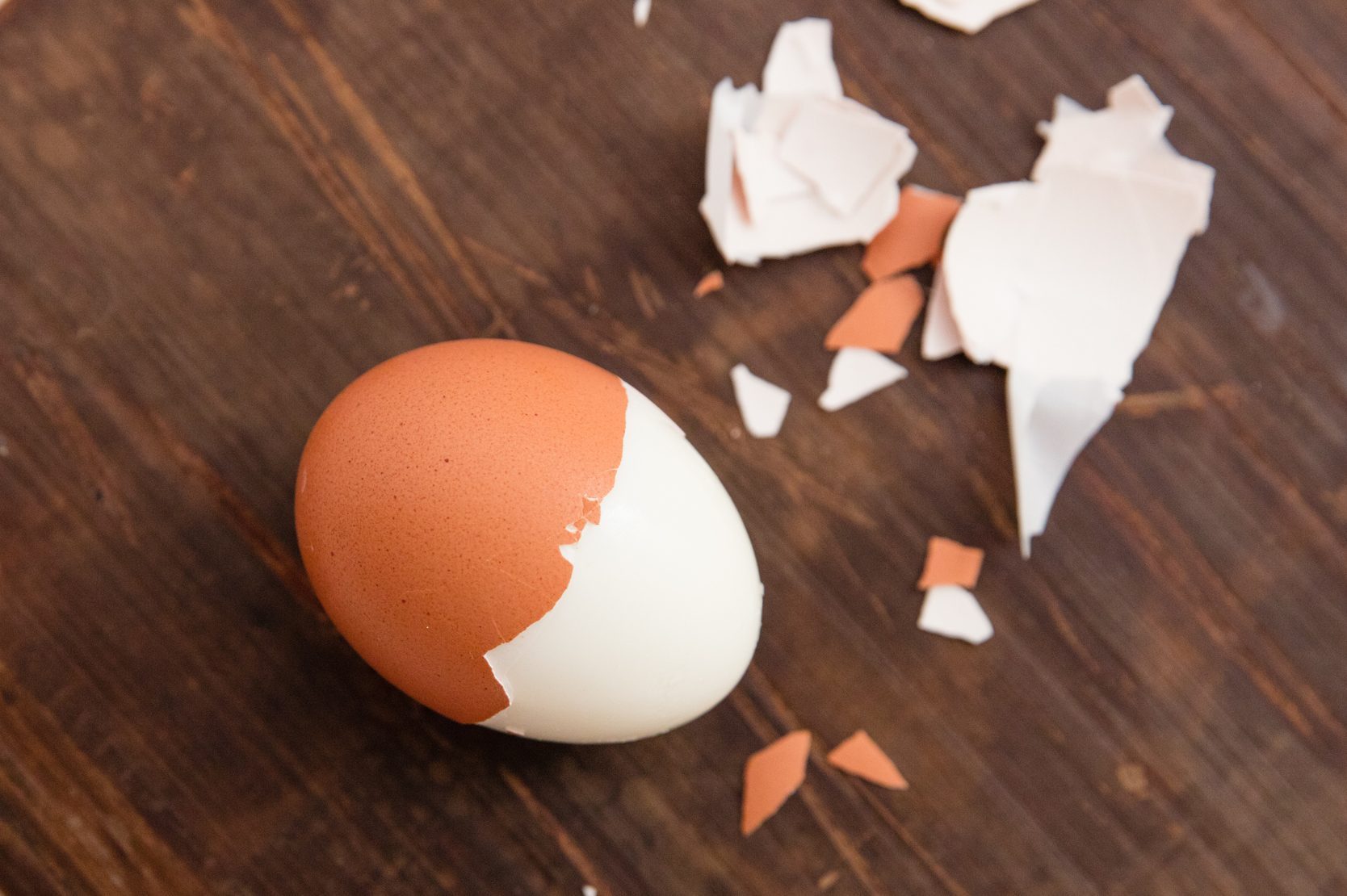

0 thoughts on “How Long Does Sauerkraut Last In The Refrigerator”